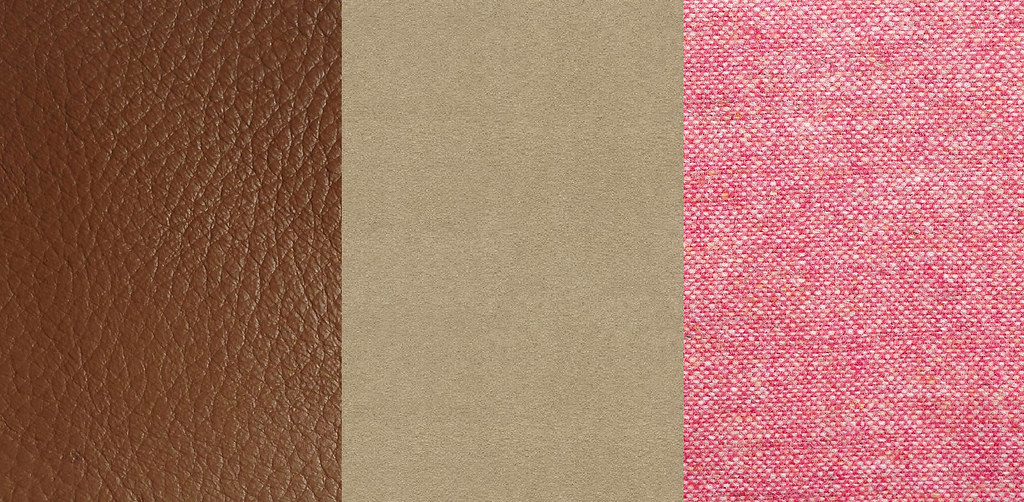Three Types of Materials in Sneaker Design and Footwear

It might seem like their are a hundred types of materials to choose from when designing a sneaker collections. While in reality, most fall in three basic category: leather, synthetic and textile. Choosing one over the other depends on a number of factors including price, look, performance and customization. With the different parts and functions of sneaker, it is completely possible to see all three of these on a product. Can you think of what materials you typically see on a sneaker? Mesh, leather, canvas, a sandpaper-like “nubuck” and suede probably could come to mind quite quickly. Well, all of these live in the following categories.
Leather
The tanning of animal rawhide results in the material we all know as leather. Typically in sneakers and commercial footwear we are referring to cow leather, but in other instances pig or, on limited occasion, croc and python. Commonly, embosses imitate such exotic textures and finishes. Nubuck and suede, with their more napped or brushed effect, also fall under this category. Leather is chosen for footwear to communication value and craftsmanship, in addition to benefiting from its durable, flexible and lasting qualities. Out of the three categories, leather arguably ages the best and comes with a long list of types, process and textures to never bore the leather consumer.
Synthetic
You would be surprised how many of your favorite sneakers are made with synthetic materials. Even I sometimes need to double check a swatch to confirm if its synthetic or real. Well-known materials in this category include microsuede (typically found on linings), synthetic leather and that sandpaper-like “nubuck”. More sport-oriented products often apply synthetics, however they are abundant on fashion products as well. There are some effects, like unreal iridescence or holographic textures, that needs some man-made magic. Originally, synthetics offered cheaper alternatives to such materials as leather, patent leather and suede, however today synthetics stand as a category all its own.
Textile
The structure of this material includes woven natural or artificial fibers, and can be found on footwear, clothing, house ware, accessories - you name it. Typical textiles include canvas, satin, twill, lace, mesh, crochet and wool. If the material looks and moves like a textile, even if it is made synthetic fibers, it is considered a textile. Examples include rayon silk, ripstop, poly-based canvas and synthetic lace. The synthetic yarn easily substitutes natural fibers to bring the material to a particular price or quality. Textiles on footwear are generally used for their lightweight, storytelling, breathable and tactile qualities. Processes such as waxing, printing and washing can change the perception and value of a common textile.
Walking into a library where all of these materials are available and at your disposal can be both invigorating and completely intimating. Many times, knowing where to start is the first half of your relationship with materials. Once you understand the three basic categories, it is easier to chose with the additional insights of your project’s story, price point, consumer and seasonal requirements. Materials are a part of sneakers and footwear that has enough history and future developments to keep your learning list continuous and engaging.